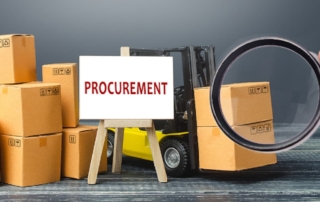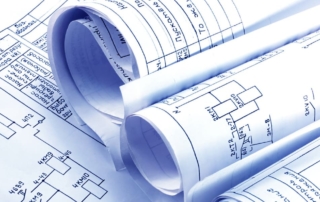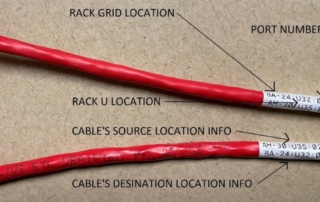STAGE 3 OF ASSET LIFECYCLE MANAGEMENT: Procurement
Procurement is generally driven by constraints. The third stage of asset lifecycle management is the procurement or acquisition of the asset. The procurement process involves finding and negotiating terms, as well as acquiring goods, services, or work from external sources. Buying decisions are generally driven by constraints. To make the best purchasing decisions, you need to use a comprehensive, calculated plan, which is identified from the data you gather of all your assets within the planning and design stages. Accurate projections are made to justify the actual purchase. Budget Procurement is the time when budgeting becomes even more critical. [...]




